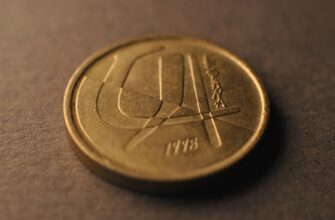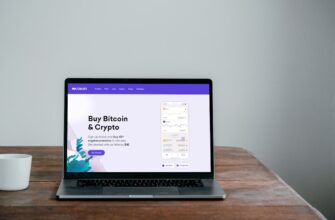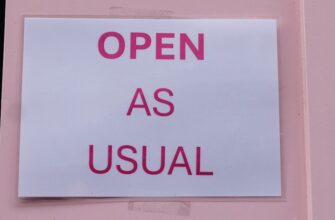What Is Crypto RDSC? Unpacking the Digital Asset
Crypto RDSC refers to a digital token or cryptocurrency project associated with the RDSC ticker. While specific details vary, RDSC typically represents a decentralized asset built on blockchain technology—often Ethereum (ERC-20) or Binance Smart Chain (BEP-20). It may serve purposes like governance, utility within a specific ecosystem, or as a speculative investment. Unlike mainstream cryptocurrencies like Bitcoin, RDSC is typically a smaller-cap project, emphasizing community-driven development or niche use cases like decentralized finance (DeFi) tools or NFT platforms.
Key Features of the RDSC Token
- Blockchain Foundation: Most RDSC tokens operate on established networks (e.g., Ethereum), ensuring security and interoperability with wallets like MetaMask.
- Utility Focus: Often grants access to platform-specific services, such as voting rights, staking rewards, or discounted transaction fees.
- Deflationary Mechanics: Some versions implement token burns or buybacks to reduce supply and potentially increase scarcity over time.
- Community Governance: Holders may propose and vote on project upgrades, fostering decentralized decision-making.
- Cross-Chain Compatibility: Increasingly supports multi-chain functionality for broader accessibility.
How to Buy RDSC Tokens: A Step-by-Step Guide
- Choose a Wallet: Set up a non-custodial wallet (e.g., Trust Wallet) supporting RDSC’s blockchain.
- Acquire Base Cryptocurrency: Purchase ETH or BNB from exchanges like Coinbase or Binance to swap for RDSC.
- Use a Decentralized Exchange (DEX): Connect your wallet to platforms like Uniswap or PancakeSwap and trade your base crypto for RDSC.
- Verify Contract Address: Always double-check RDSC’s official contract address to avoid scams—find it on the project’s verified social media or CoinMarketCap.
- Secure Storage: Transfer tokens to your wallet; avoid leaving them on exchanges.
Potential Use Cases and Future Outlook
RDSC tokens often power ecosystems like decentralized exchanges (DEXs), gaming platforms, or DAOs (Decentralized Autonomous Organizations). For instance, they might enable liquidity mining, where users earn rewards for providing trading pairs. Future developments could include metaverse integrations, NFT marketplaces, or enterprise partnerships. However, success hinges on adoption, technological execution, and market conditions. Investors should monitor project roadmaps and developer activity on GitHub for sustained growth signals.
Risks and Considerations Before Investing
- Volatility: Like all altcoins, RDSC faces extreme price swings—invest only what you can afford to lose.
- Regulatory Uncertainty: Evolving global crypto regulations could impact RDSC’s legality or liquidity.
- Project Viability: Research the team’s transparency, audit reports (e.g., via CertiK), and community engagement to avoid “rug pulls.”
- Market Competition: RDSC competes with thousands of tokens; differentiation is critical for longevity.
RDSC Crypto FAQ: Quick Answers
Q: Is RDSC a good investment?
A: It carries high risk. Analyze its whitepaper, tokenomics, and market trends before deciding.
Q: Where can I track RDSC’s price?
A: Use aggregators like CoinGecko or DexTools—search for “RDSC” and select the correct contract.
Q: Can I stake RDSC for rewards?
A: If the project supports staking, details will be in its official documentation or app interface.
Q: How does RDSC differ from Bitcoin?
A: Bitcoin is a decentralized currency; RDSC is typically a utility token with specific platform functions.
Q: What’s the total supply of RDSC?
A: Varies by project—check the token’s blockchain explorer (e.g., Etherscan) for real-time data.
Disclaimer: This article does not constitute financial advice. Cryptocurrency investments are speculative and high-risk. Always conduct independent research.








